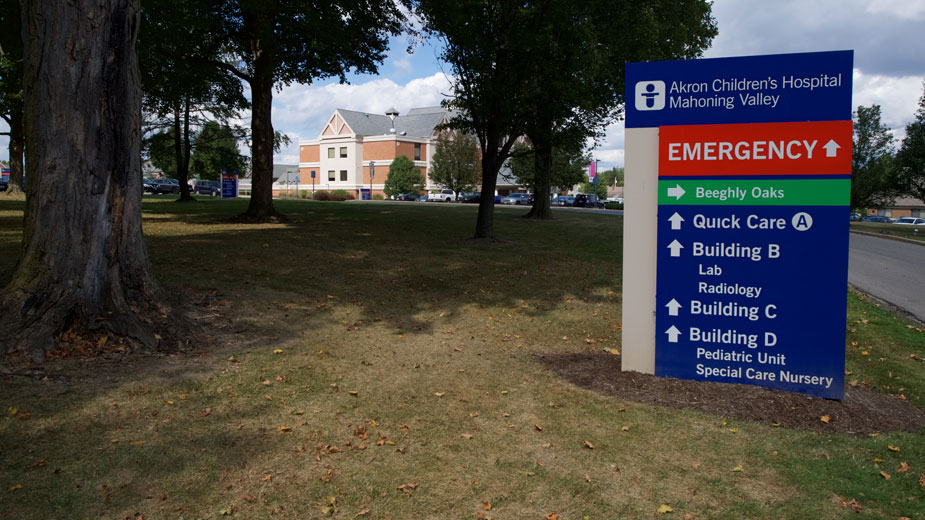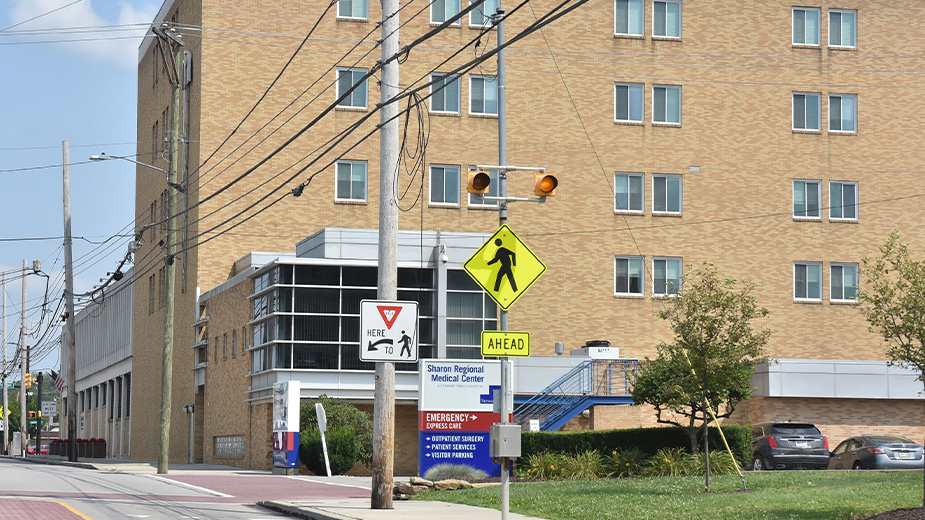Akron Children’s Assessment Puts Priority on Behavioral Health, Wellness
AKRON, Ohio – Pediatric mental and behavioral health services and community-based health and wellness will be priorities for Akron Children’s Hospital over the next three years.
The priorities were determined by the hospital’s recently completed fifth Community Health Needs Assessment, which is conducted every three years in accordance with IRS and Affordable Care Act requirements for nonprofit hospitals. Akron Children’s contracted with the Center for Community Solutions for data collection and analysis for the CHNA.
Parents and caregivers in the Mahoning Valley rate their children’s dental health, mental health and nutrition as less healthy than physical health, according to the assessment.
“A key takeaway from the community input we solicited through this process is that kids’ mental and emotional heath is top of mind for so many,” said Bernett L. Williams, chief diversity, equity and inclusion officer and vice president of community initiatives. “This was loud and clear in every conversation and across every community within the region.”
Many participants in the assessment expressed concern about the impact of the COVID-19 pandemic on children’s mental well-being. Community leaders cited widening gaps for students in both academic and social-emotional skills, with particular concern about children from low-income families, those with disabilities and students of color. Families described heightened stress and anxiety within households, and concerns about increasing gun violence in communities.
Akron Children’s said it aims to address these issues through strategies such as integration of behavioral health services into its primary care network, a behavioral health workforce development program and youth suicide prevention education and awareness.
Community-based health and wellness goals will focus on identifying and addressing disparities in preventive health care, addressing food insecurity and improving access to wellness services through its school-based health care network, the hospital said.
The assessment covered 12 counties within Akron Children’s service area, including Ashland, Columbiana, Lorain, Mahoning, Medina, Portage, Richland, Stark, Summit, Trumbull, Tuscarawas and Wayne counties.
Reports for the facilities serving both the greater Akron and Mahoning Valley communities are available here.
Here are some of the report’s findings from respondents in Mahoning, Trumbull and Columbiana counties:
• More than 70 percent of parents and caregivers said their community is a good place to raise children, and 61 percent said they are satisfied with the quality of life for children in their community. Regardless of income, Black respondents were significantly less likely to report they are satisfied with quality of life in their community.
• The availability of providers is a concern. Almost two-fifths of survey respondents from Columbiana and Trumbull counties reported leaving their county for care at least some of the time.
• Nearly 4,300 children do not have any health insurance coverage.
• Feelings about telehealth were generally positive. Most parents and caregivers found it much more convenient to connect with providers through virtual visits, but others preferred in-person interactions.
• Eight out of 10 community leaders identified substance abuse as one of the most significant health problems.
• Trumbull County exceeds Mahoning and Columbiana in the rate of mental health problems in children under age 18.
• Asthma is a significant problem in all three counties.
Published by The Business Journal, Youngstown, Ohio.



